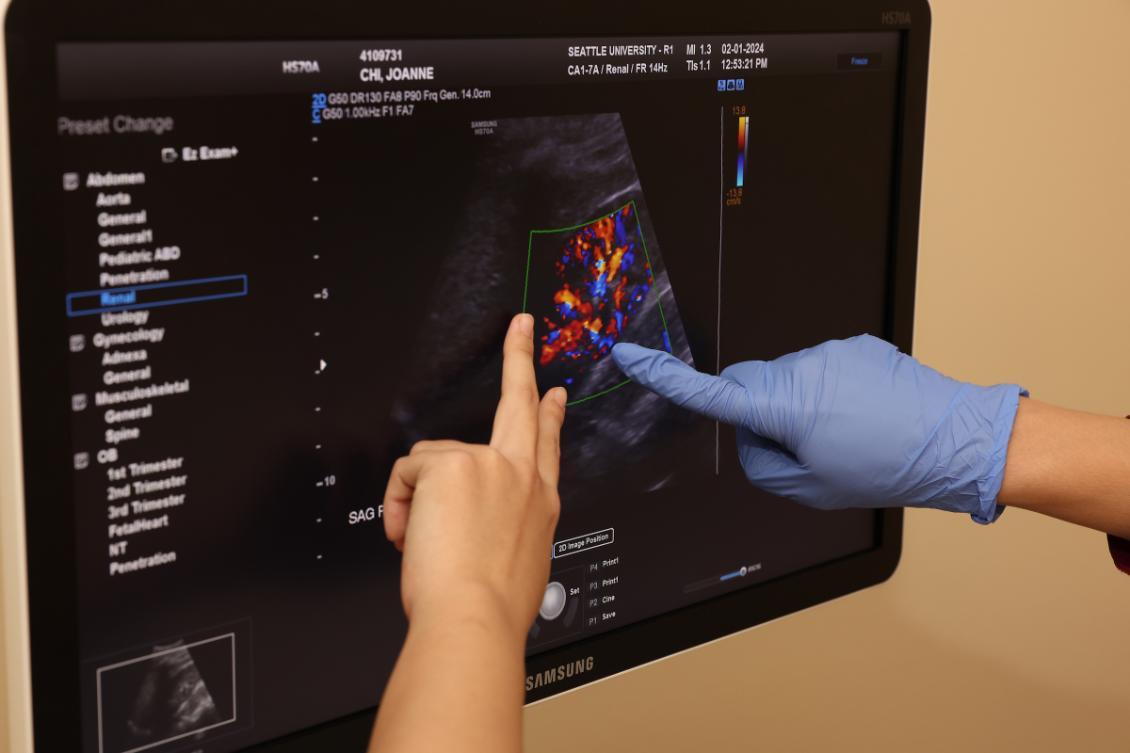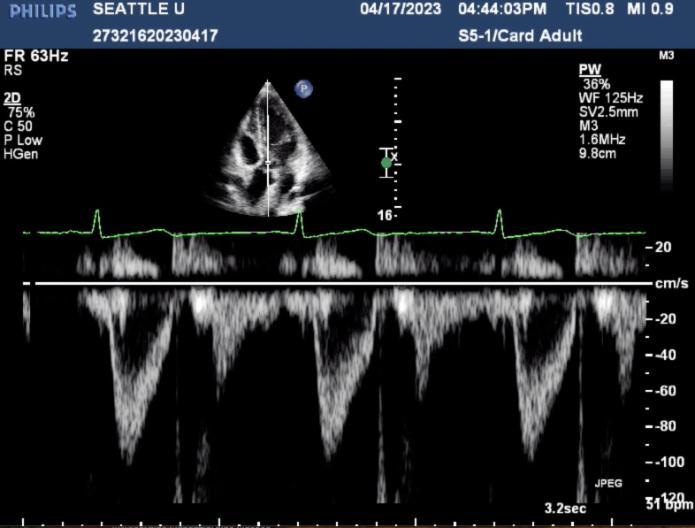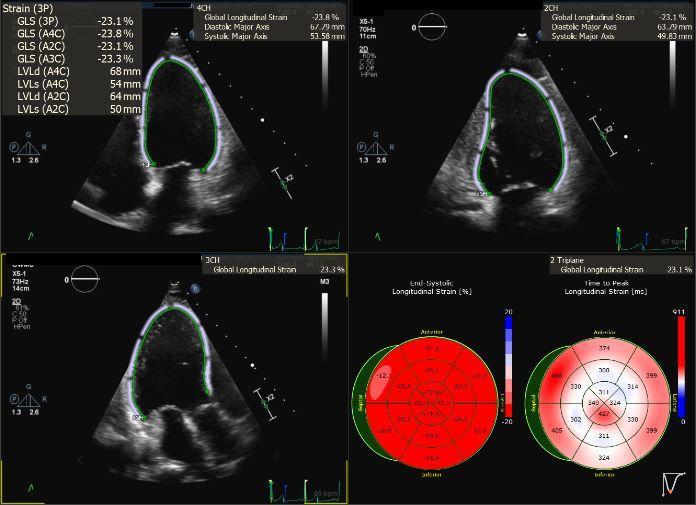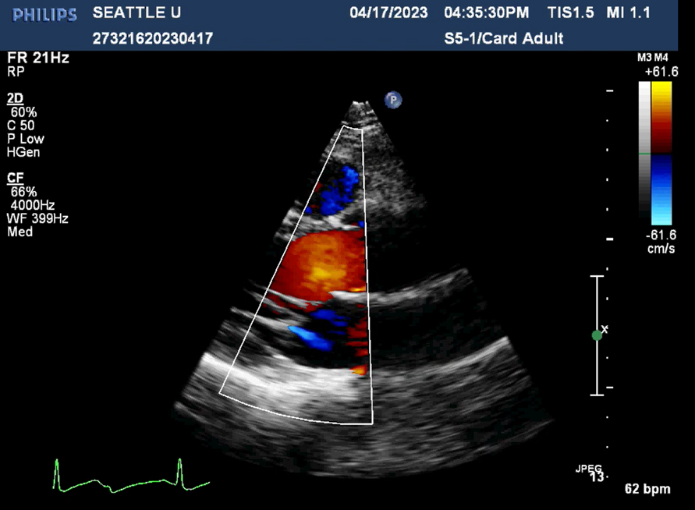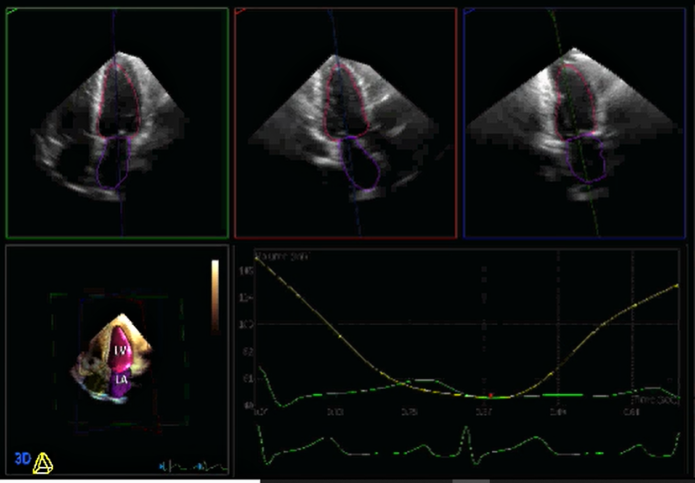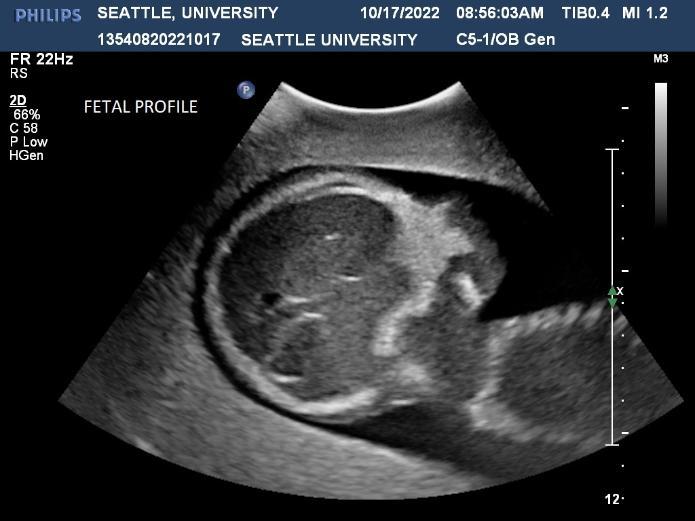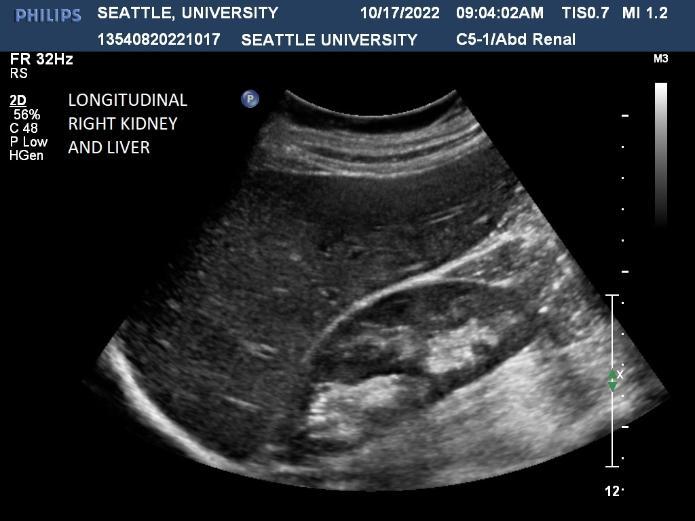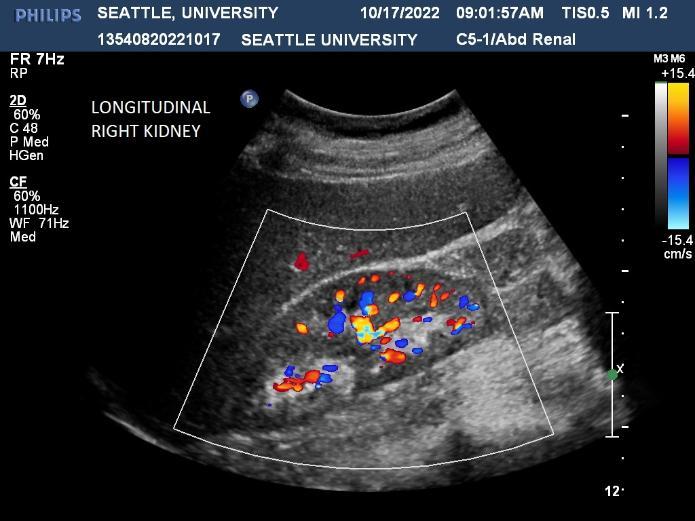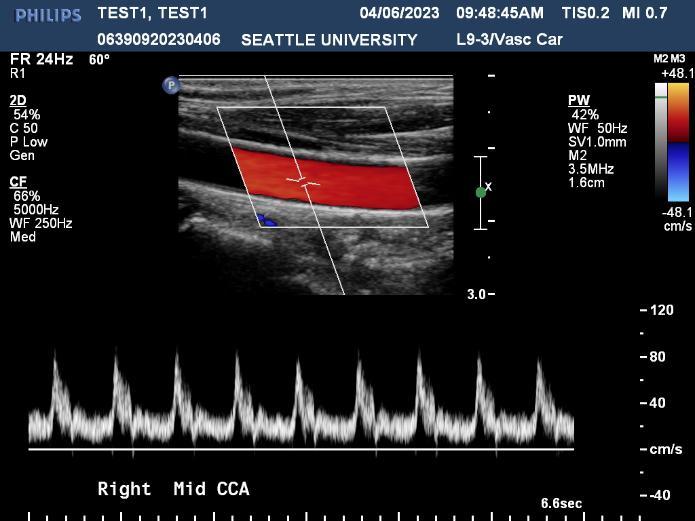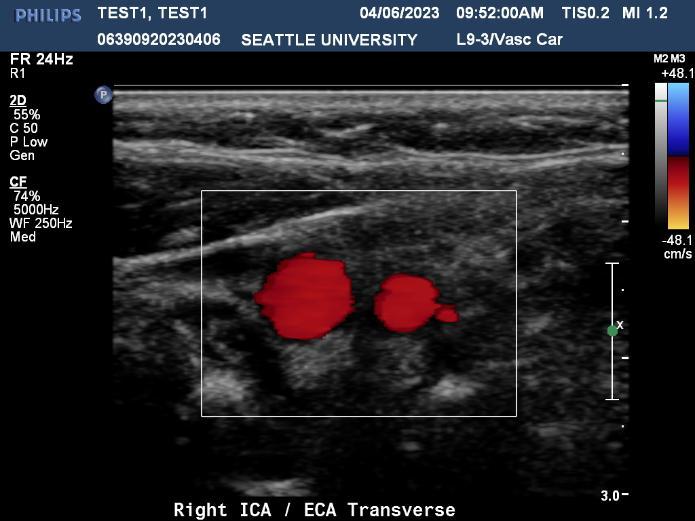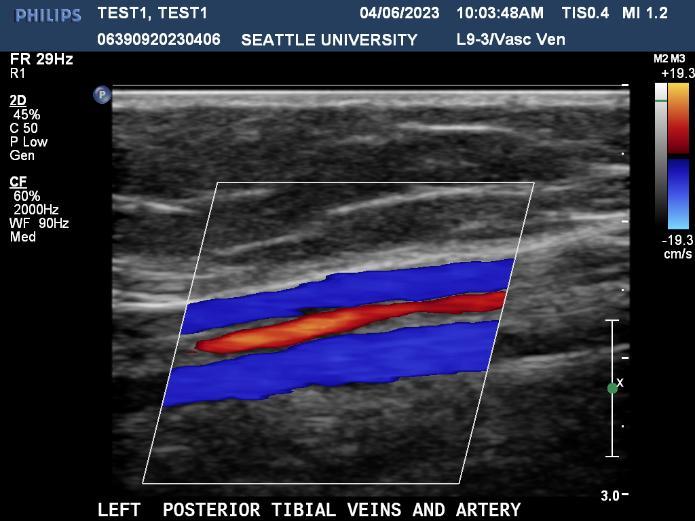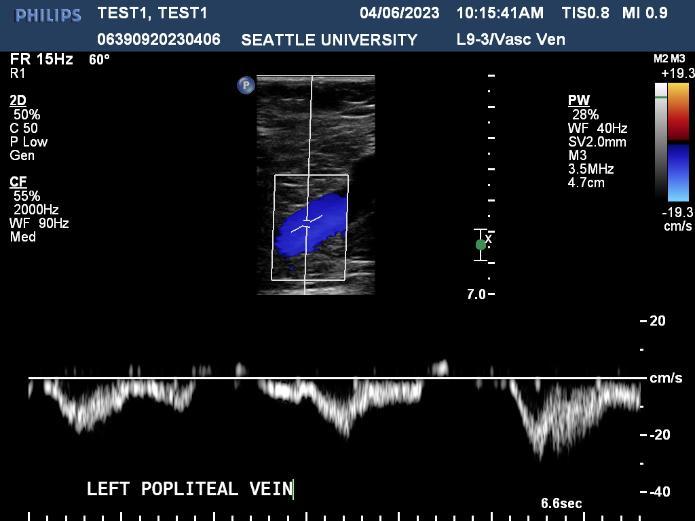Track Specializations and Program Outcomes
Learn more about ultrasound track specializations, clinical placements and program outcomes.
Three Distinctive Track Specializations
Ultrasound is a non-invasive diagnostic tool that uses high-frequency sound waves to propagate images of organs and tissues within the body. The Diagnostic Ultrasound program at Seattle University offers three distinctive track specializations in General (abdomen extended, OB/GYN) Vascular and Cardiac sonography.
Clinical Placements
Clinical site availability varies each year, with our partner sites typically including both inpatient and outpatient settings in teaching hospitals, community hospitals and ambulatory care clinics sites within the Seattle area, WA state, West Coast and throughout the United States.
Clinical courses are scheduled on a full-time basis and follow the academic calendar for university closure and holidays observed. To assure fairness in clinical placements, Clinical placements are arranged and randomly assigned based on specific criteria for each site. Some clinical placements are outside the state of Washington or the Greater Seattle area.
Health requirements for the program and clinical placement can be found on our website.
CAAHEP Accredited
The Bachelor of Science in Diagnostic Ultrasound program is accredited by the Commission on Accreditation of Allied Health Education Programs (CAAHEP) upon the recommendation of the Joint Review Committee on Education in Diagnostic Medical Sonography (JRC-DMS). The curriculum content is based on the Standards and Guidelines set forth by CAAHEP and the Joint Review Committee on Education in Diagnostic Medical Sonography (JRCDMS). More information about program accreditation can be found at www.caahep.org and www.jrcdms.org. Seattle University provides the following program disclosures on Gainful Employment eligible certificate programs.
Diagnostic Ultrasound Program Outcomes
View Diagnostic Ultrasound program effectiveness data from the past three years. This data is updated annually.
Get in Touch
We’re here to help. For information about Diagnostic Ultrasound at Seattle University, contact:
College of Nursing
